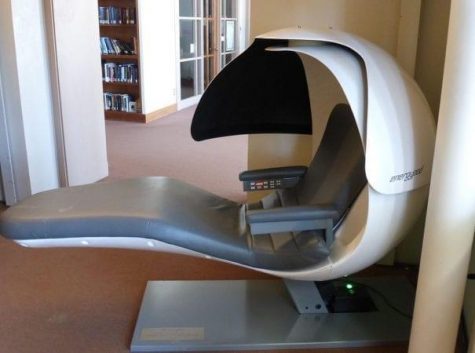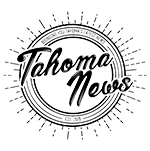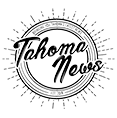Nap Time: Not Just For Kindergarten?
It might be time for nap time in the high school.
January 23, 2019
If you’re reading this, I can guarantee you that you have at least once walked into school or work feeling tired. Many people have fallen asleep in class due to sleep deprivation. Numerous solutions have been proposed to address the rampant issue of tired students in class, including shorter school days and later start times. However, very few people have pondered the idea of dedicated nap time in school. It may seem like a very juvenile idea – it does come from kindergarten, after all – but there truly are some benefits to including a nap time in the school schedule.

There are schools in the US who have begun to allow students to take naps if they deem it necessary. Units known as ‘nap pods’ have been installed, allowing students a dark, quiet pod to rest in a compact space. The advantages of short naps are well-known in the science world. Dr. Nitun Virma, a sleep specialist, states that a short nap for a teenager “can give a boost to memory and attention during the day, and it can increase school performance,” and numerous other studies have proven his point.
Some may argue that Tahoma already offers Power Hour, a time that is more than long enough to take a nap in. However, there is no space is provided by the school that is adequate to take a nap in, and in any case, students are encouraged to eat lunch during one portion of the hour and do some sort of activity during the second portion, whether that be academic support, a club, or otherwise. There is no time given, and no space provided, for students to truly rest.
Tahoma students certainly would like a dedicated nap time. Senior Matthew Culp stated that he would absolutely use nap time if there was a dedicated time for it. He says that he could just nap at home, but he can’t because of robotics, which can keep him at school until late at night. Fellow senior Daniel Hunsaker says that the time would be appreciated, but whether or not he would sleep depends on how much time he is afforded. I brought up the possibility of there being drawbacks to nap time in high school, and he bluntly responded, “nope, zero, none!” indicating how badly he would like a dedicated nap time.
The benefits of nap time in school are widely known, and students clearly would enjoy time to nap in school. It’s now up to Tahoma school officials to decide whether or not they want to implement it, and if so, how. Could class times be trimmed to make way for nap time? Could Power Hour become a Power 45? It may be a struggle to implement nap time, but I believe it is a necessary struggle for the good of our students.


